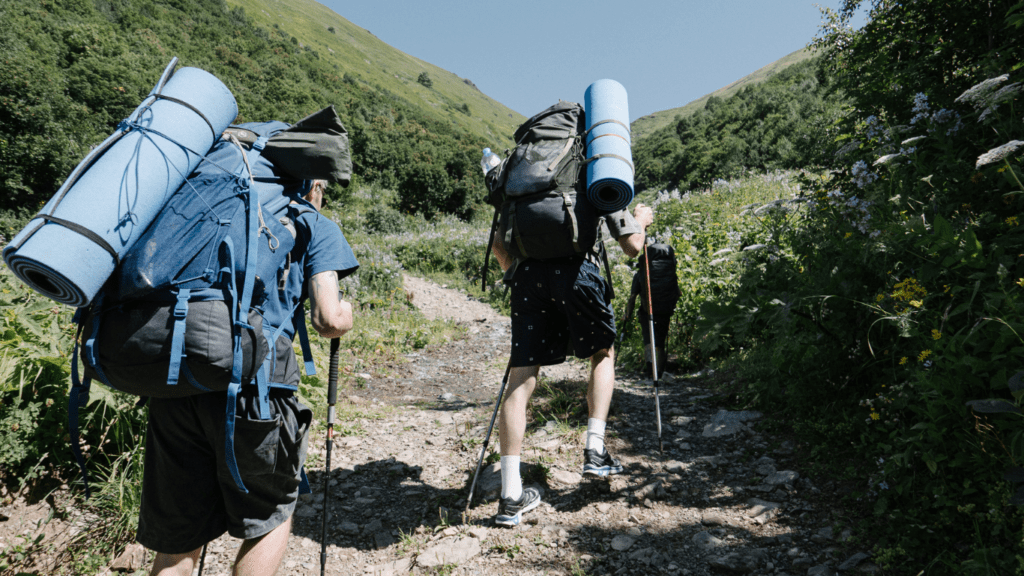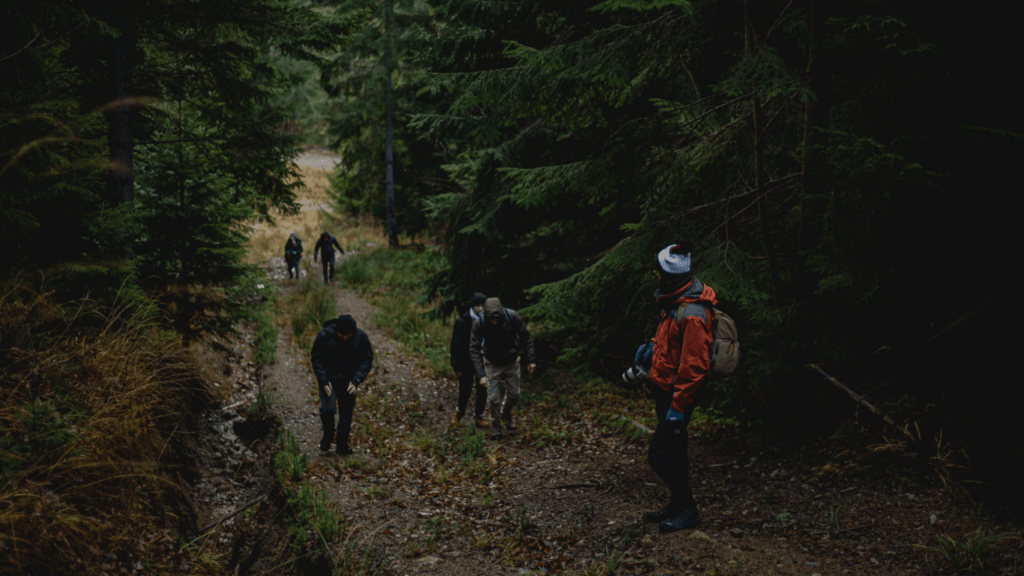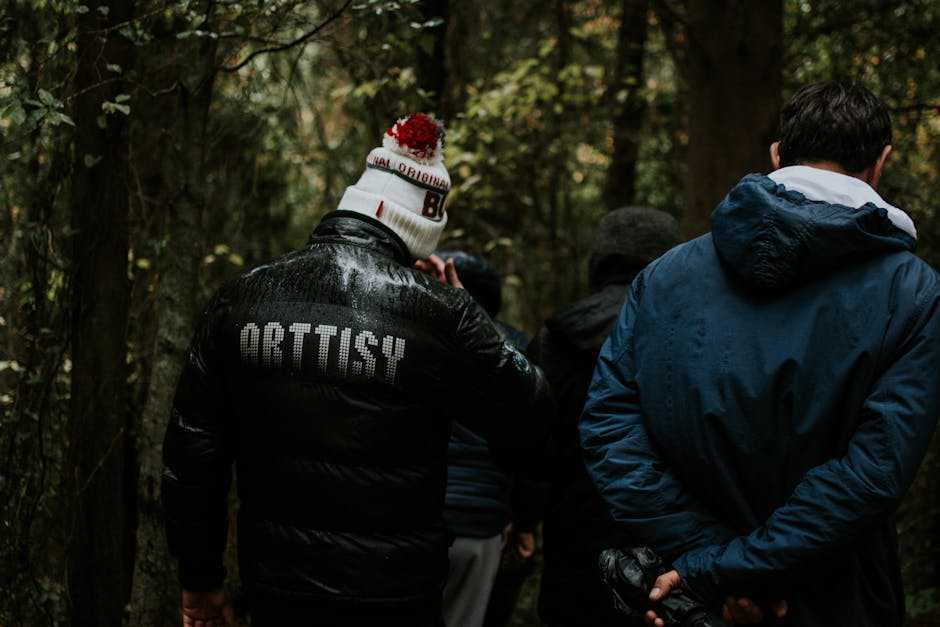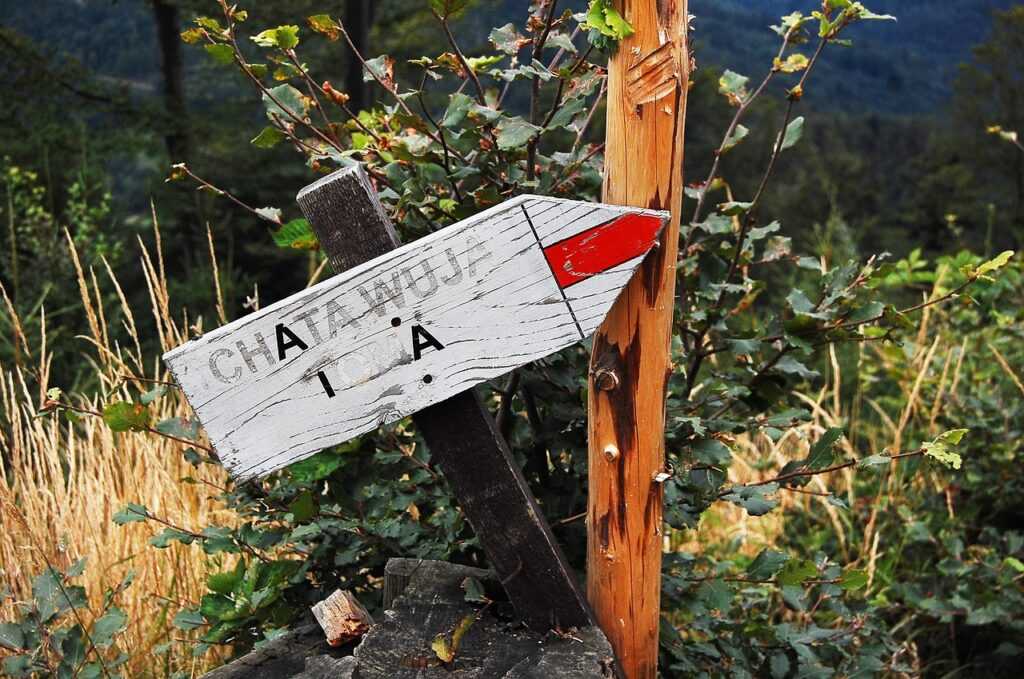Importance Of Leave No Trace Principles
Understanding the significance of Leave No Trace (LNT) principles is essential for preserving our natural environments. These guidelines, crafted by experts, help minimize human impact on nature. When everyone follows LNT principles, it ensures that natural spaces remain undisturbed and accessible for future generations.
Minimizing waste is a key aspect. Trash left behind not only mars the beauty of trails but also harms wildlife. For instance, plastic bottles, food wrappers, and disposable cups contribute to pollution. By packing out what you pack in, hikers can significantly reduce waste.
Respecting wildlife is another crucial principle. Feeding animals might seem harmless, but it disrupts their natural behavior and diet. It can lead to dependency on humans for food. Observing animals from a distance helps maintain their habitats and keeps both hikers and wildlife safe.
Staying on marked trails prevents erosion and protects vegetation. When hikers venture off designated paths, they can cause soil compaction and erosion. This damages plant roots and disrupts the ecosystem. By sticking to the trails, hikers help preserve the environment.
Leave No Trace principles also emphasize being considerate of others. Keeping noise levels low and yielding to other hikers enhances everyone’s experience. It fosters a sense of community and shared responsibility for the outdoors.
Being familiar with Leave No Trace principles transforms one’s approach to hiking. It turns outings into respectful interactions with nature, ensuring our natural spaces remain pristine.
Key Principles Of Hiking Etiquette

Hiking etiquette is essential for preserving natural spaces and ensuring a positive experience for everyone on the trail. Understanding and following these key principles helps maintain the beauty and sustainability of outdoor environments.
Plan Ahead And Prepare
I always start my hikes by planning and preparing thoroughly. Checking the weather forecast, trail conditions, and any regulations helps avoid unexpected issues. Bringing a map and compass, extra water, and appropriate gear guarantees that I’m ready for any situation. Planning meals and snacks to minimize waste by using reusable containers and packing out all trash helps adhere to LNT principles.
Be Considerate Of Other Hikers
Respecting other hikers enhances everyone’s experience. I keep noise levels low, avoid using loud music, and step aside to allow faster hikers to pass. Respecting personal space at viewpoints or rest stops ensures that everyone can enjoy the scenery. I greet fellow hikers with a smile or a nod, fostering a friendly atmosphere on the trail.
Yield To Uphill Hikers
When encountering others on a slope, remembering to yield to uphill hikers is key. I step aside to let ascending hikers maintain their momentum since going uphill requires more effort. If the trail is narrow, finding a safe spot to move to the side makes passing easier and keeps the trail safe for everyone.
Trail Preservation Techniques
Trail preservation is essential for maintaining natural habitats and ensuring enjoyable experiences for future hikers. By adopting thoughtful practices, we can all play a role in protecting our beloved trails.
Stick To Established Trails
Staying on marked trails reduces erosion and protects surrounding ecosystems. Wandering off-trail, especially in delicate areas, damages vegetation and disrupts wildlife habitats. Always follow trail markers and avoid creating new paths, as this can lead to long-term environmental impacts.
Protect Wildlife And Vegetation
Respecting wildlife and vegetation is crucial for preserving biodiversity. Observe animals from a distance, ensuring not to disturb their natural behavior or habitat. Avoid picking plants or flowers as they contribute to the ecosystem. If you see wildlife, don’t feed them, as human food can be harmful and alter their natural foraging habits.
Leave What You Find
Preserve the natural and cultural features of the trail by leaving them undisturbed. Avoid collecting rocks, plants, or historical artifacts. These elements are part of the site’s heritage and ecosystem. If you discover something interesting, take a photo instead—this helps ensure that others can experience the same beauty.
By following these trail preservation techniques, we can minimize our impact and ensure that these natural areas remain unspoiled for future generations.
Minimizing Impact On The Environment
I minimize my impact on the environment by practicing responsible habits on trails. This ensures that natural areas stay pristine for others.
Proper Waste Disposal
Packing out all trash helps prevent pollution on trails. I carry a reusable bag for my trash and pick up any litter I find. Biodegradable items, like food scraps, shouldn’t be left behind since they can harm wildlife and disrupt ecosystems. If I’m in a restroom-free area, I dig a cat hole at least 6-8 inches deep to bury human waste, away from water sources, campgrounds, and trails.
Fire Safety And Regulations
- Check fire regulations before starting hikes to prevent wildfires.
- Building fires only in designated areas with existing fire rings helps minimize fire risks.
- For cooking, I often use a lightweight camping stove instead of an open fire.
- Before leaving, I ensure that fires are completely extinguished by pouring water and stirring the ashes.
- Knowing these fire safety measures maintains the environment’s natural state and ensures everyone’s safety on the trail.
Tips For First-Time Hikers
Prepare Properly
Research your trail before heading out. Familiarize yourself with the route and difficulty level. Pack essentials like:
- water
- snacks
- map
- flashlight
- first aid kit
- appropriate clothing
Check the weather forecast to be ready for any conditions.
Start Early
Kick off your hike early in the day. This provides ample daylight for navigating the trail and decreases the likelihood of getting lost or having to rush back as darkness sets in.
Follow Leave No Trace Principles
Adhere to the Leave No Trace principles to protect the environment. Carry out all trash, stay on trails, and avoid picking flora or disturbing wildlife. Bring a reusable bag for waste and use established campsites if overnighting.
Stay On Marked Trails
Stick to marked trails to avoid causing erosion and damaging vegetation. If the trail gets muddy, walk through the mud rather than widening the trail by walking around it.
Respect Other Hikers
Yield to uphill hikers, keep noise levels down, and don’t block the path. At viewpoints, be mindful of others looking to enjoy the scenery. A smile and a greeting can enhance the hiking community’s camaraderie.
Hydrate And Take Breaks
Drink water regularly to stay hydrated, especially on hot days. Plan to take breaks along the trail, allowing time for rest and to soak in the natural beauty.
Know Your Limits
Be aware of your physical condition and know when to turn back. Listen to your body; pushing beyond your limits can cause accidents or unnecessary strain.
Safety First
Carry a map and compass and know how to use them. Inform someone of your hiking plans, including your route and expected return time. In case of poor cell service, a whistle can help signal for assistance.
By following these tips, first-time hikers can enjoy the beauty of nature while preserving the trails for future adventurers.




